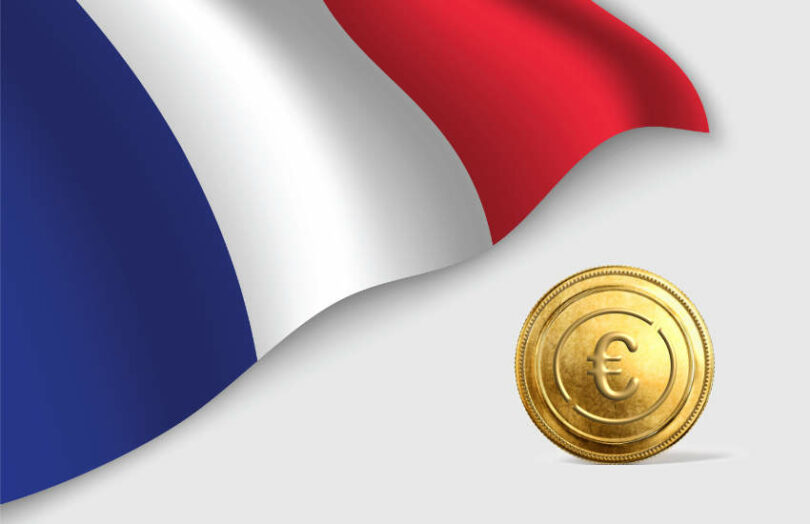Today the issuer of the USDC stablecoin Circle said it has applied for an e-money license with the Banque de France’s prudential regulator ACPR. It also hopes to become a Digital Asset Service Provider (DASP) under the French regulator Autorité des Marchés Financiers (AMF) regime.
Choosing a country to register in Europe is critical because the jurisdiction acts as a gateway to the rest of Europe under the MiCAR crypto regulations that cover stablecoins and are expected to come into force in 2024. It could be viewed as a big win for France. Both because some expect Circle to be a major payments player. And because other crypto firms will assume Circle has done its homework and follow its lead.
That said, so far the US Dollar is completely dominant when it comes to stablecoins. Circle’s EUROC has a market capitalization of €29 million compared to USDC’s $35 billion for USDC (which is down $8 billion since the collapse of Silicon Valley Bank.)
France is not likely to be a pushover. But at the same time, as a nation it is receptive to innovation in general and crypto in particular. France passed blockchain-friendly legislation early on, and government investment firm Caisse de Depots has been working on blockchain solutions since 2015.
“We are delighted and honored that Circle chose France as the base for the development of its activities in Europe. This decision fully validates France’s ambitions to become a hub for Web3 technologies, pursued with strong leadership by President Macron and Minister Bruno Le Maire since 2017,” said Jean-Noël Barrot, Minister Delegate to the Ministry of Economy, Finance and Industrial and Digital Sovereignty.
The start of European jurisdiction hopping
That said, each jurisdiction will carve out its own niche. Despite MiCAR aiming to provide a coherent regulation throughout Europe, the authorities in each jurisdiction enforce the regulations and are unlikely to be consistent, particularly in the early days.
This week the Dutch regulator AFM said it was unwilling to drop its supervision standards to compete with other countries. “Even if that may mean that some of the providers will look elsewhere and possibly enter the Dutch market with a European passport,” wrote Laura van Geest, Chairman of AFM.
Meanwhile, when Circle launched its EUROC stablecoin last year, it hosted it in the United States. That’s despite having a base in Ireland, where it invested $450 million last year. The obvious conclusion is that Circle found the regulatory path in Ireland tricky. When Circle launched the EUROC, we asked why it didn’t launch from Ireland but didn’t receive a response.
There’s likely multiple drivers behind the latest move. Firstly the MiCAR crypto regulations are expected to come into force next year. That requires stablecoin issuers to have an e-money license and a base in a European jurisdiction. While EUROC might still be small, Circle previously stated it was using a Euro account with Signature Bank, one of the banks that was shut down ten days ago. However, it has recently switched large amounts of its bank balances, including for EUROC, to BNY Mellon.
With a final vote on MiCAR expected in mid April and the DLT Pilot Regime for securities coming into force this week, Europe’s blockchain regulations will continue to grab headlines.






